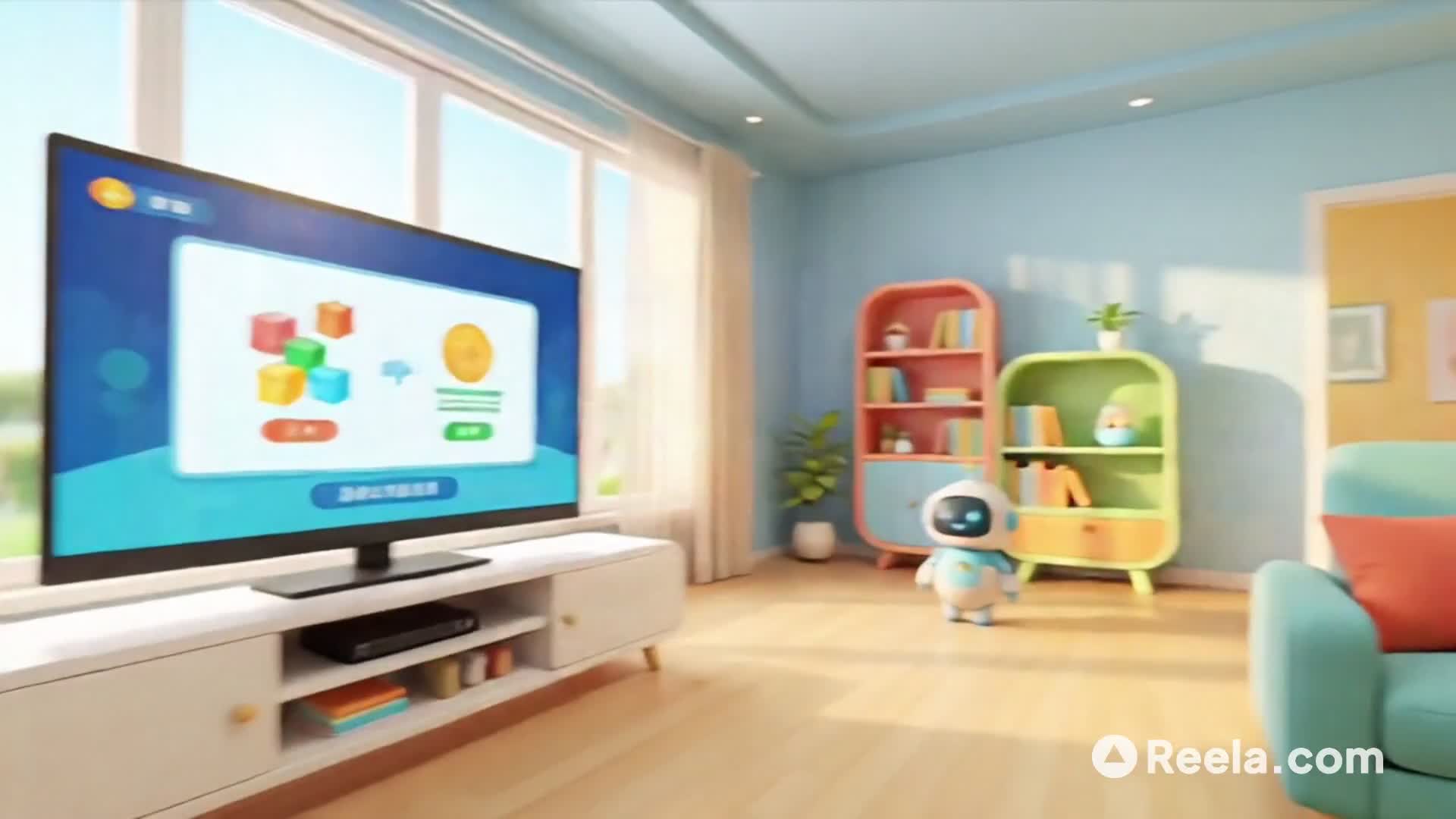Stress, Anxiety, Depression: Understanding the Differences
Confused about stress, anxiety, and depression? This short explainer breaks down how these three common mental health conditions differ, what symptoms to look for, and how they might overlap. #MentalHealth #Psychology #Wellbeing
Stress, Anxiety, Depression: What's the Difference?
Ever caught yourself wondering if what you're feeling is stress, anxiety, or depression? These terms often get lumped together in conversations, yet they refer to very different experiences. Understanding these distinctions is crucial, not only for recognizing what you might be going through but also for knowing how to seek the right kind of help.
Stress: Your Body's Natural Reaction
Stress is a temporary response to external pressures or demands. Think work deadlines, an upcoming exam, or a sudden life change. It’s your body’s way of kicking into gear to tackle challenges. You'll notice symptoms like muscle tension, irritability, and difficulty concentrating. The critical point is that once those external pressures disappear, so does the stress.
Anxiety: Persistent Worry Without a Tangible Threat
Unlike stress, anxiety has a way of hanging around, even when there's no clear external reason. It’s often characterized by excessive worry about potential future events. This might include restless nights, racing thoughts, a racing heart, or shallow breathing. Anxiety feels much less tied to the here-and-now pressures and more about the "what-ifs" of the future.
Depression: A Heavy, Lingering Sadness
Depression sets itself apart from both stress and anxiety. It's not about temporary or future-related distress—it's about persistent sadness, hopelessness, and a loss of interest in things that once brought joy. Unlike stress or anxiety, depression can profoundly impact daily functioning, making even basic activities feel like insurmountable obstacles.
Why Recognizing the Differences Matters
Knowing the differences between stress, anxiety, and depression can be life-changing. It’s about understanding your experience, or perhaps someone else’s, without judgment or stigma. If you’re navigating these feelings, seeking professional support—whether through therapy, medication, or self-care—can make all the difference.
A Supportive Takeaway
Mental health education is a powerful tool we all need. By learning to identify the signs and differences of these conditions, you're not just improving your own understanding; you're helping to create a culture where seeking help is normalized, and stigma is diminished.
Remember, your mental well-being is just as important as your physical health. Don’t hesitate to reach out for support—because you matter.
#MentalHealth #SelfCare #MentalWellness








Tip: Use this prompt in Reela'sAI Video Generator to easily create your own unique version in minutes.





